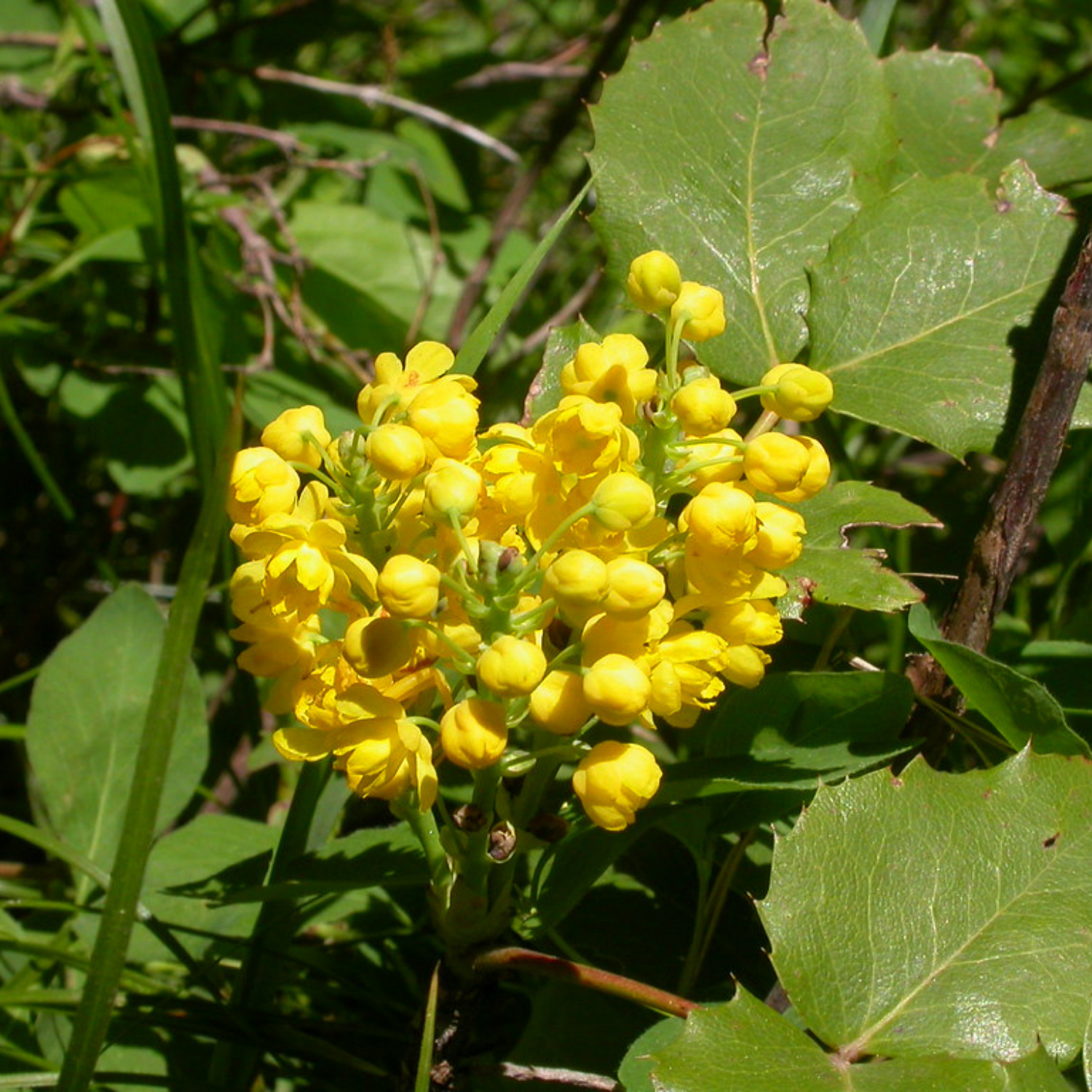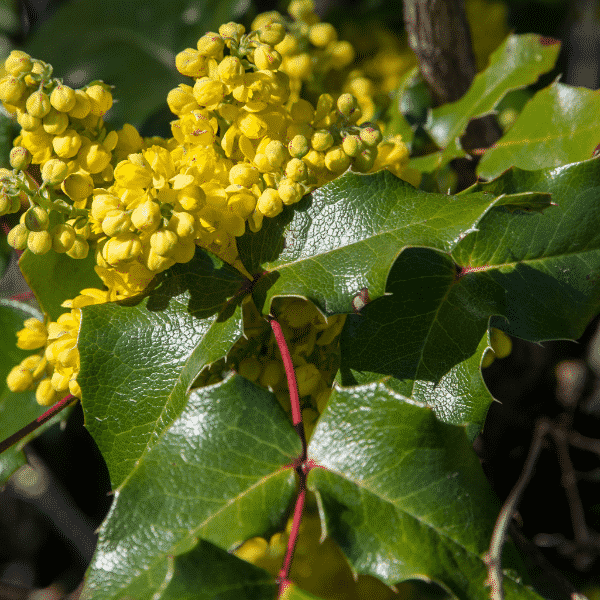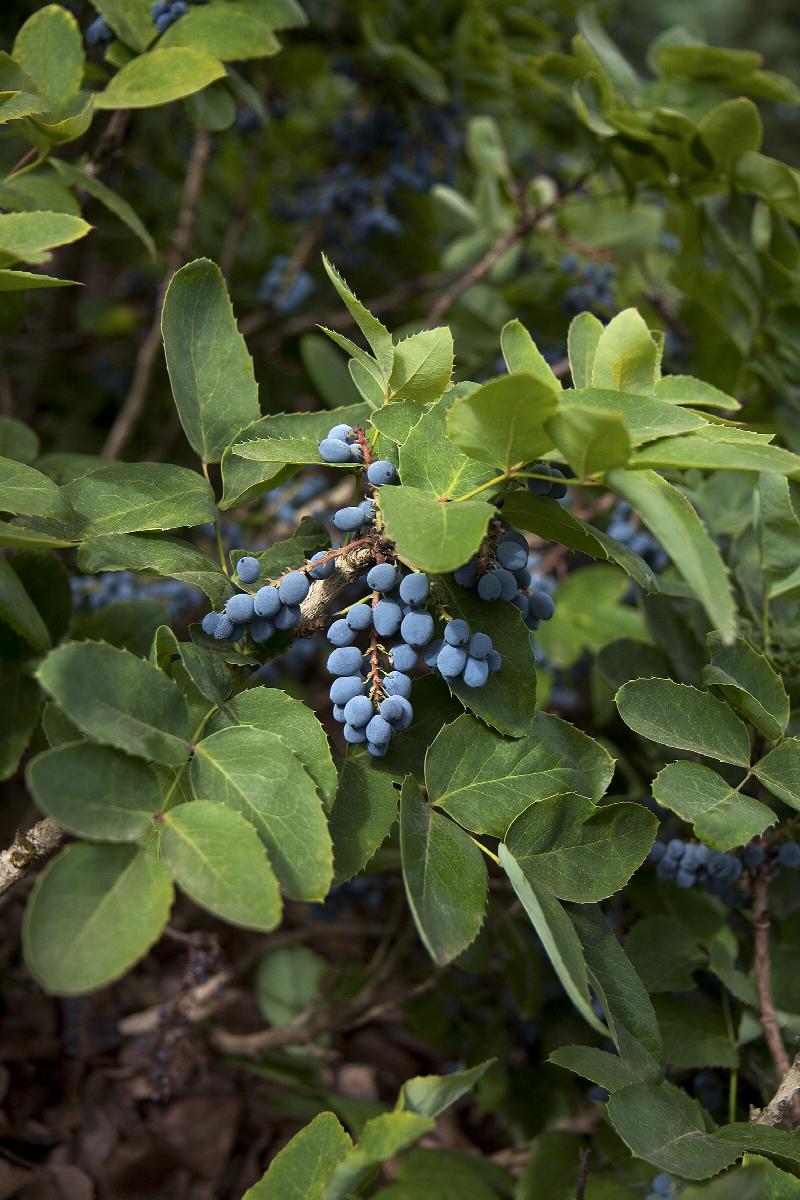Creeping Oregon Grape: The Lowmaintenance Groundcover That's
Title: Creeping Oregon Grape: The Low-Maintenance Groundcover That's Perfect for Any Garden
Introduction:
Creeping Oregon grape (Mahonia repens) is a beautiful and versatile groundcover that is perfect for any garden. It is low-maintenance, drought-tolerant, and deer-resistant, making it a great choice for busy gardeners or those who live in areas with harsh winters. Creeping Oregon grape also has attractive foliage and flowers, making it a valuable addition to any landscape.
Main Content:
- Description: Creeping Oregon grape is a low-growing, evergreen shrub that typically reaches 1-2 feet tall and 3-4 feet wide. It has leathery, holly-like leaves that are dark green in summer and turn burgundy in winter. In spring, creeping Oregon grape produces clusters of bright yellow flowers that are followed by clusters of blue-black berries in late summer.
- Growing conditions: Creeping Oregon grape is a hardy plant that can tolerate a wide range of conditions. It prefers full sun to partial shade and well-drained soil. However, it is also tolerant of drought and poor soil conditions.
- Maintenance: Creeping Oregon grape is a low-maintenance plant that requires very little care. It only needs to be watered during dry periods and pruned occasionally to maintain its shape.
- Benefits: Creeping Oregon grape offers a number of benefits, including:
- It is a low-maintenance plant that is easy to care for.
- It is drought-tolerant and can withstand harsh winters.
- It is deer-resistant, making it a good choice for gardens that are frequented by deer.
- It has attractive foliage and flowers that add interest to the garden throughout the year.
- Uses: Creeping Oregon grape can be used in a variety of ways in the garden, including:
- As a groundcover to fill in bare spots.
- As an edging plant to define borders.
- As a specimen plant to add interest to a shady spot.
- In a rock garden or other container garden.
Conclusion:
Creeping Oregon grape is a versatile and attractive plant that is a valuable addition to any garden. It is easy to care for, deer-resistant, and can tolerate a wide range of conditions. If you are looking for a low-maintenance groundcover that will add beauty and interest to your garden, creeping Oregon grape is a great choice.
Creeping Oregon grape is a beautiful and versatile plant that can be used in a variety of ways. It is evergreen, drought-tolerant, and deer-resistant, making it a great choice for gardens in many different climates. The plant also produces edible berries that can be used in jams, jellies, and other desserts.
If you are interested in learning more about creeping Oregon grape, please visit Home Gardening. This website provides detailed information about the plant, including its care requirements, propagation methods, and potential uses.
FAQ of creeping oregon grape
- What is creeping Oregon grape?
Creeping Oregon grape (Mahonia repens) is a low-growing, evergreen shrub native to western North America. It is known for its dark green foliage, clusters of yellow flowers in spring, and blue-black berries in fall. Creeping Oregon grape is a hardy plant that is tolerant of a wide range of conditions, making it a popular choice for landscaping.
- How to grow creeping Oregon grape?
Creeping Oregon grape is easy to grow from seed or cuttings. It prefers partial shade to full sun and well-drained soil. The soil should be acidic, with a pH of 5.5 to 6.5. Creeping Oregon grape is drought-tolerant once established, but it should be watered regularly during the first year.
- What are the benefits of creeping Oregon grape?
Creeping Oregon grape has a number of benefits, including:
* It is a low-maintenance plant that is easy to care for.
* It is drought-tolerant and can thrive in a variety of soil conditions.
* It is a hardy plant that can withstand cold winters and hot summers.
* It is attractive and can be used in a variety of landscaping applications.
* The berries are edible and can be used to make jelly, wine, or tea.
- How to propagate creeping Oregon grape?
Creeping Oregon grape can be propagated from seed, cuttings, or division.
* To propagate from seed, sow the seeds in the spring in a well-drained potting mix. The seeds will need to be stratified (cold-treated) for 4-6 weeks before sowing.
* To propagate from cuttings, take 4-6-inch cuttings in the spring or fall. Dip the cuttings in rooting hormone and plant them in a well-drained potting mix. Keep the cuttings moist and in a warm location.
* To propagate by division, dig up a mature plant in the spring or fall and divide it into 2-3 sections. Each section should have roots and at least one shoot. Plant the divisions in a well-drained location.
- What are some common problems with creeping Oregon grape?
Creeping Oregon grape is generally a pest- and disease-free plant. However, it can be susceptible to a few problems, including:
* Leaf spot: This fungal disease can cause brown or black spots on the leaves. To control leaf spot, remove infected leaves and apply a fungicide.
* Scale insects: These pests can suck the sap from the leaves and stems, causing them to wilt and die. To control scale insects, spray the plant with insecticidal soap or neem oil.
* Rabbits and deer: These animals can eat the leaves and stems of creeping Oregon grape. To protect the plant from rabbits and deer, plant it in a protected location or surround it with a fence.
Image of creeping oregon grape
- Creeping Oregon grape plant with yellow flowers.
- Close-up of creeping Oregon grape flowers.

- Creeping Oregon grape leaves in fall.

- Creeping Oregon grape berries.
- Creeping Oregon grape plant growing in the wild.

- Creeping Oregon grape plant in a garden.
- Creeping Oregon grape plant in a pot.

- Creeping Oregon grape plant as a groundcover.

- Creeping Oregon grape plant as a hedge.

- Creeping Oregon grape plant as a specimen plant.
Post a Comment for "Creeping Oregon Grape: The Lowmaintenance Groundcover That's"